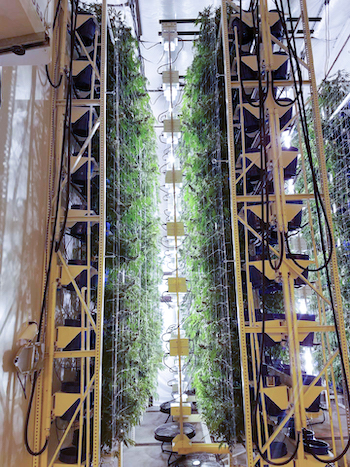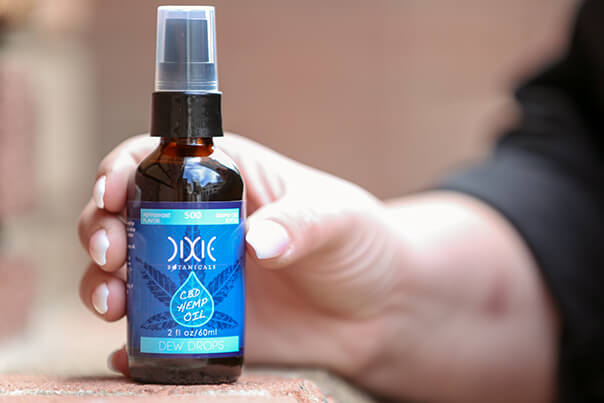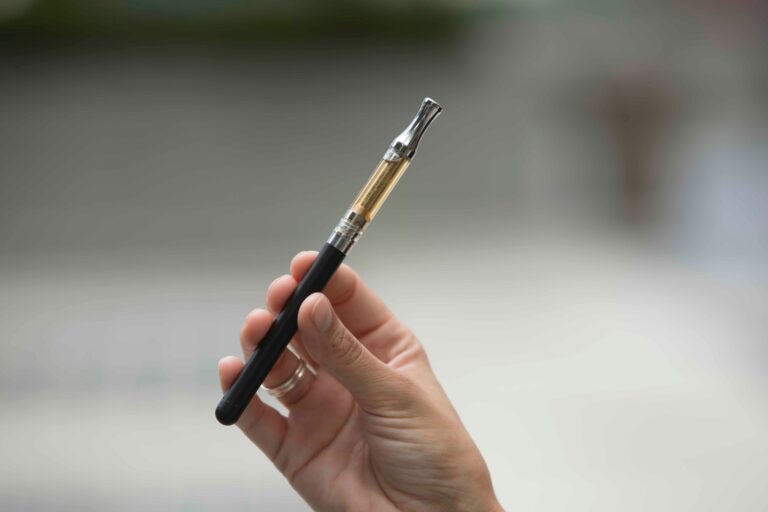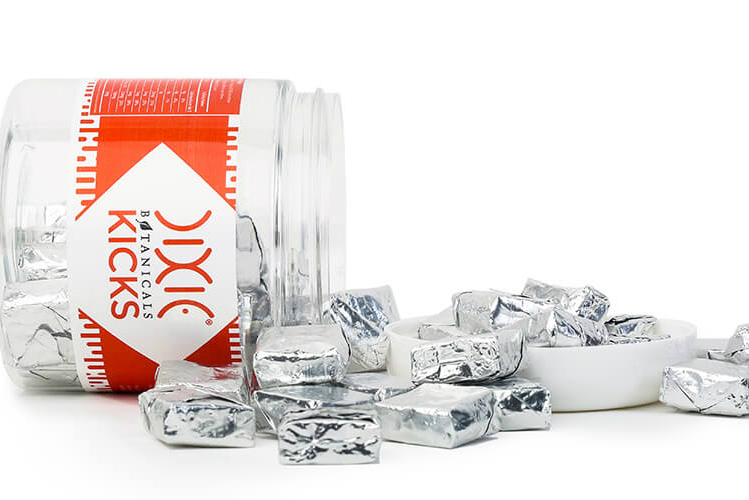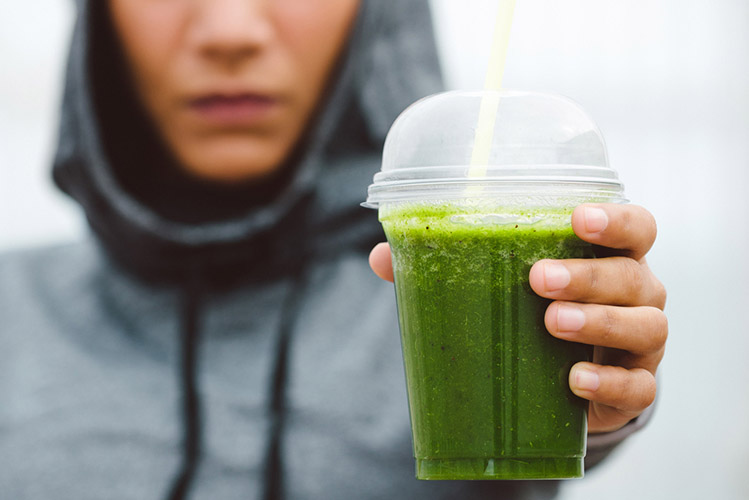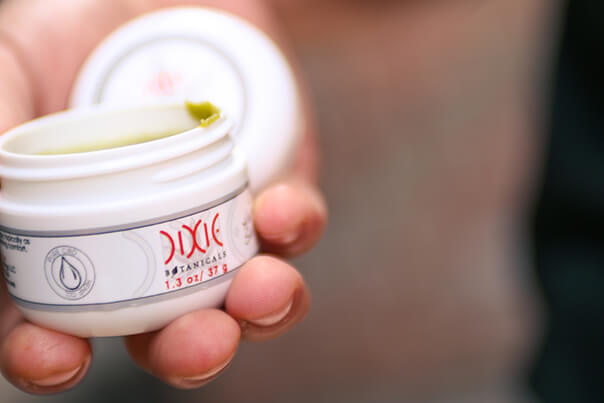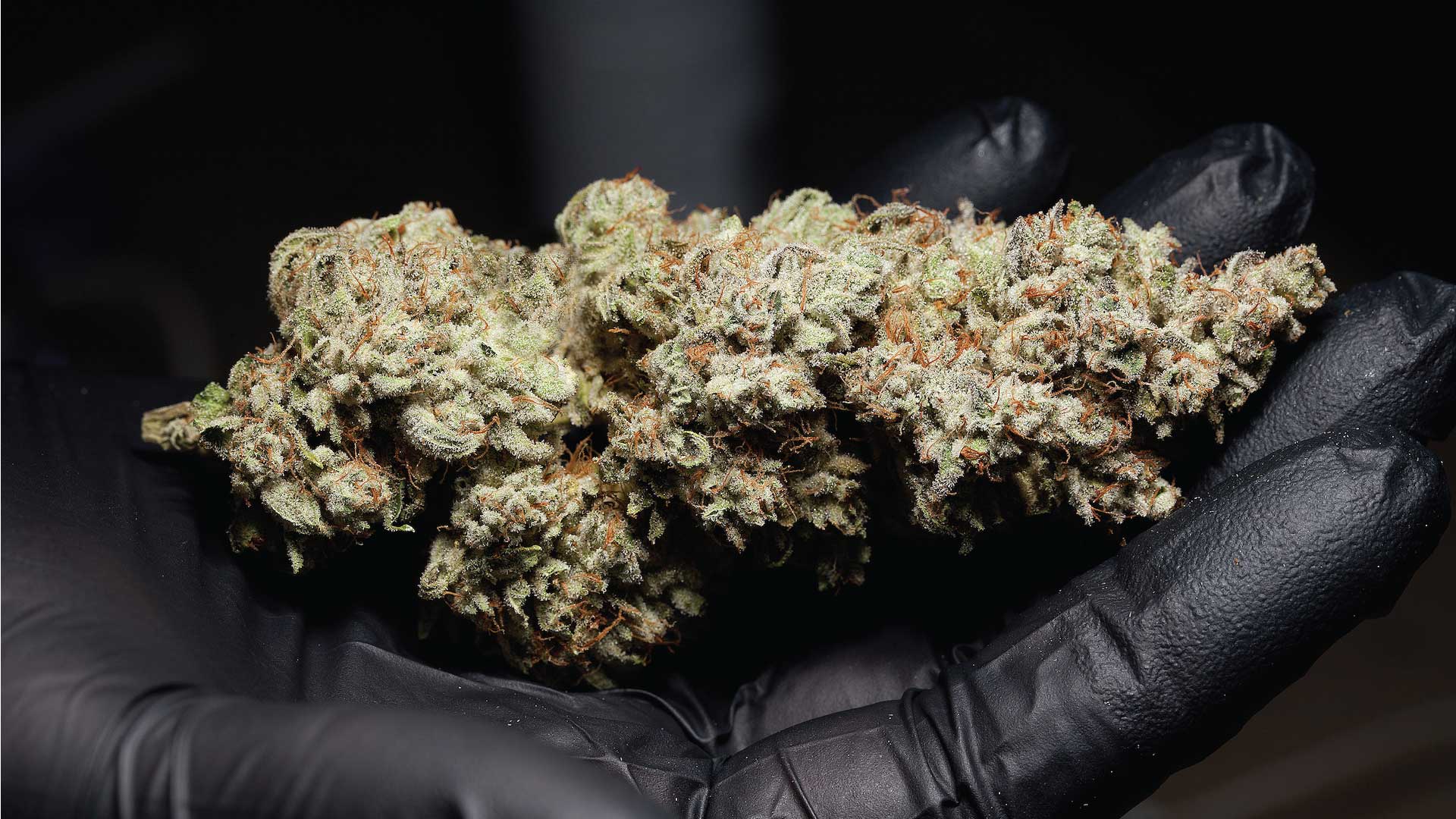Everything you need to know about CBN
There are over a hundred described cannabinoids in the cannabis plant, the most well known of which are THC and CBD. Another cannabinoid that is currently getting more attention for medicinal and health benefits is the cannabinoid CBN, or cannabinol. Reports have suggested that CBN may have beneficial properties including antibacterial or antifungal effects and can aid in the treatment of cancers, psoriasis, glaucoma, arthritis, ALS, and other diseases. However, the science behind these claims is currently in the elementary stages, and many more studies are needed before the actual effects of CBN on human health can be elucidated and proven. In this article, we will review some of the preliminary studies leading to these claims to highlight some of the areas in which researchers are currently exploring regarding the potential for CBN.
What is CBN?
CBN, or cannabinol, is not produced directly in the cannabis plant but is actually a derivative of the cannabinoid THC. As THC ages or is exposed to light is undergoes a chemical transition that leads to the formation of CBN. This means that cannabis which is stored for longer periods will have higher levels of CBN. The chemical structure of CBN varies, and there are 7 different subtypes. Chemical analysis of CBN have found it to be an agonist of the body’s CB-2 receptors, and thus is likely to have immunosuppressive properties without any psychoactive effects, similar to CBD. However, some studies have claimed it may work synergistically with THC to increase the euphoric highs and sedative effects from cannabis smoking, although this remains to be proven conclusively and no mechanistic explanation has yet been offered.
Health claims made for CBN

Increasingly, cannabis products are being made available that include CBN in addition to THC or CBD under the assumption that it has added benefits in the treatment of certain health conditions. However, unlike THC or CBD, no synthetic versions have been patented by pharmaceutical companies, indicating that the available science supporting these claims is lacking. As no synthetic versions are available for study, it is currently impossible to link any mechanistic or quantitative data to the perceived effects. The studies which have been done on CBN have shown some promise however in the following areas:
Antibacterial and Antifungal Effects – A 2009 study found that one of the products of the breakdown of CBN had “moderate antimicrobial activity” in regards to the bacteria Mycobacterium intracellulare which causes infections in immunosuppressed patients, such as those with AIDS. It also showed “good” Staphylococcus aureus activity (the cause of many upper respiratory and skin Staph infections). Lastly, it exhibited good antifungal activity against Candida albicans, a fungus that often affects cancer patients undergoing chemotherapy and those on immunosuppressive drugs. At this time, no other studies have been completed to collaborate these claims.
Anticonvulsants effects – A 1973 study looked at the anticonvulsant effects of cannabinoids in seizures induced in rats through electroshocks. It was found that THC, CBD, and CBN all had anticonvulsant effects in the rats. The effects, however, were more pronounced with THC and CBD than with CBN. Further studies have shown cannabis to be an effective treatment for some types of seizures, however, no other studies are currently available on the role that CBN plays in regards to other cannabinoids in the plant.
Cancer – Very little information is currently available regarding the cancer-fighting properties of CBN, although in studies it has been indicated that it may assist in the cancer-fighting abilities of chemotherapy drugs such as Ara-C. A 1975 study found that mice treated with CBN had reduced tumor size and increased survival time over control in the treatment of a type of tumor known as Lewis Lung Adenocarcinoma. This effect has not yet been replicated in other types of cancer for CBN, and more studies are needed before any conclusions can be made. It may, however, be useful in the treatment of the symptoms associated with cancer treatment by acting as an appetite stimulant. A 2012 study in rats found that CBN “significantly” increased appetite and food consumption, while CBD reduced it.
ALS, or Lou Gehrig’s Disease – ALS is a degenerative motor neuron disease for which there is usually no known cause, and currently no cure. A 2005 study using mice found that CBN administered subcutaneously was effective in delaying the onset of disease. However, no decrease in overall mortality rates was observed. No human trials have yet been published, according to our research.
Sleep-Aid – Claims have been made regarding the sleep-aiding properties of CBN, and now it is included in some cannabis edibles marketed as sleep aids. This is most likely based on the user-hypothesis that indica strains have a higher proportion of CBN (a theory which is largely unfounded). This theory was originally advanced by a 1973 study which concluded that CBN increased the effectiveness of THC in aiding in sleep. However, no subsequent studies have been done to collaborate this claim, and the original study was not well designed and has been largely questioned.
Glaucoma– CBN has been thought to aid in decreasing intraocular pressure in patients suffering from glaucoma, as was briefly mentioned in a 2007 review although no comprehensive studies have been undertaken.
Arthritis – CBD has been shown to reduce inflammation and pain associated with rheumatoid arthritis through interaction with the CB-2 receptors in the peripheral nervous system. Similar action is suspected with CBN, and a 2016 review indicated that it has been shown to reduce symptoms of collagen-induced arthritis in mice. However, no controlled clinical trials have been completed to confirm or refute this claim.

Other findings regarding CBN
Bronchodilator effects – A study conducted in 1983 looked at the bronchodilator effects of different cannabinoids abundant in the cannabis plant. Bronchodilators are helpful in the treatment of asthma and other respiratory issues. It was concluded that THC is an effective bronchodilator, however, both CBD and CBN were not.
Testosterone Levels – It has been claimed that cannabis consumption reduces testosterone levels in men, and in a 1976 study involving extracted mice testicles it was found that CBN decreased plasma testosterone levels. However, this study has not been repeated in vivo nor in humans.
The evidence for the medicinal and health benefits of the cannabis is growing rapidly, and controlled clinical trials involving THC and CBD are leading to more widespread acceptance in the scientific community. At this time, however, the same cannot be said for cannabinol, or CBN. Although there are some preliminary studies that have introduced some room for optimism, none of the currently available science is strong enough to make conclusions for or against the compound’s effect on human health or in the treatment of any diseases.
- Read more about Everything you need to know about CBN
- Log in to post comments

